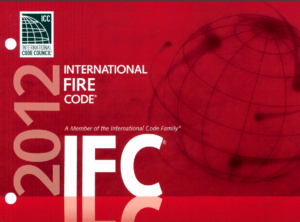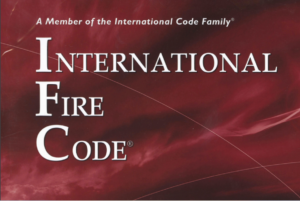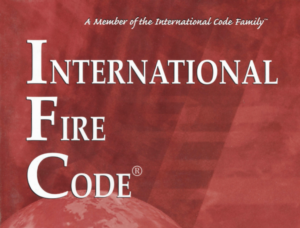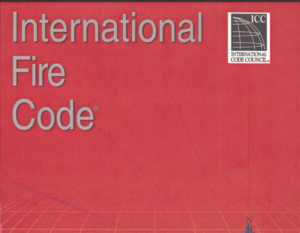The 2014 edition of the NFPA 25, Standard for the Inspection, Testing, and Maintenance of Water-Based Fire Protection Systems, underscores the ongoing evolution of standards related to the effective management of fire protection systems. Developed by the Technical Committee on Inspection, Testing, and Maintenance of Water-Based Systems, this edition incorporates significant updates to enhance the functionality and reliability of these systems. The NFPA Association approved this standard during their meeting in Chicago, IL, in June 2013, and it officially came into effect on August 21, 2013.
NFPA 25 has long served as the cornerstone document for the upkeep of various fire protection systems including sprinklers, standpipes, fire pumps, and associated components like storage tanks and water spray systems. This standard provides essential guidelines for conducting regular inspections, testing, and maintenance to ensure systems operate effectively and respond as expected during emergencies.
Key enhancements in the 2014 edition include a detailed revision of fire pump testing requirements, which introduces a baseline weekly test with options for adjusted frequencies based on specific operational contexts. New testing protocols for diesel-driven pumps and updated inspection guidelines for antifreeze systems reflect the latest findings from the Fire Protection Research Foundation.
Furthermore, this edition refines the criteria for evaluating system components, emphasizing a performance-based approach to internal assessments. The integration of NFPA 750 regarding water mist systems into NFPA 25 marks a significant shift, streamlining the standards to provide a unified framework for all water-based fire protection systems. Additional updates include revised definitions and classifications for system deficiencies to better prioritize repairs and ensure compliance with safety requirements.
Overall, the 2014 edition of NFPA 25 significantly advances the standards for inspecting, testing, and maintaining water-based fire protection systems, ensuring they provide robust and reliable fire safety measures in various environments.






